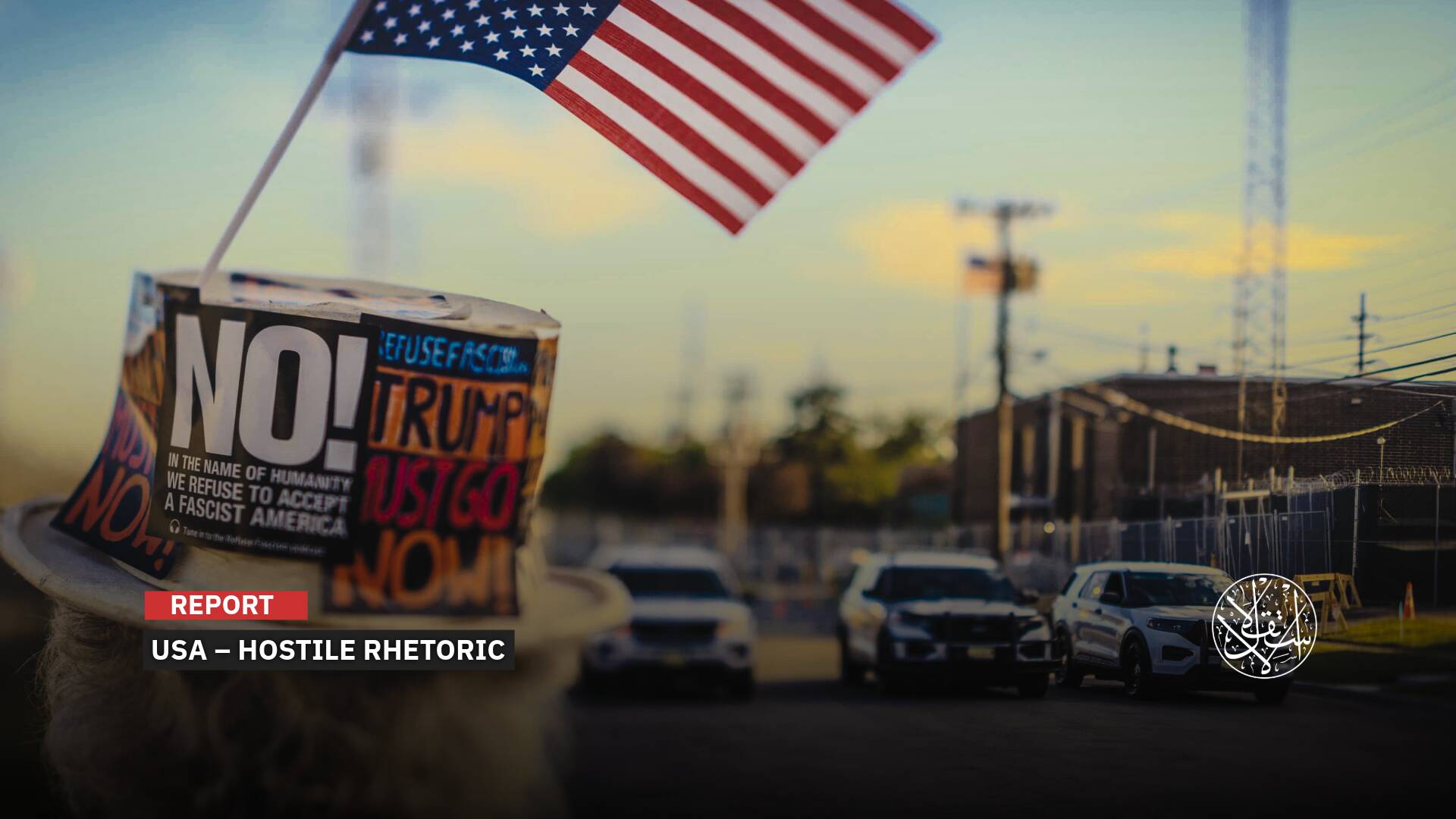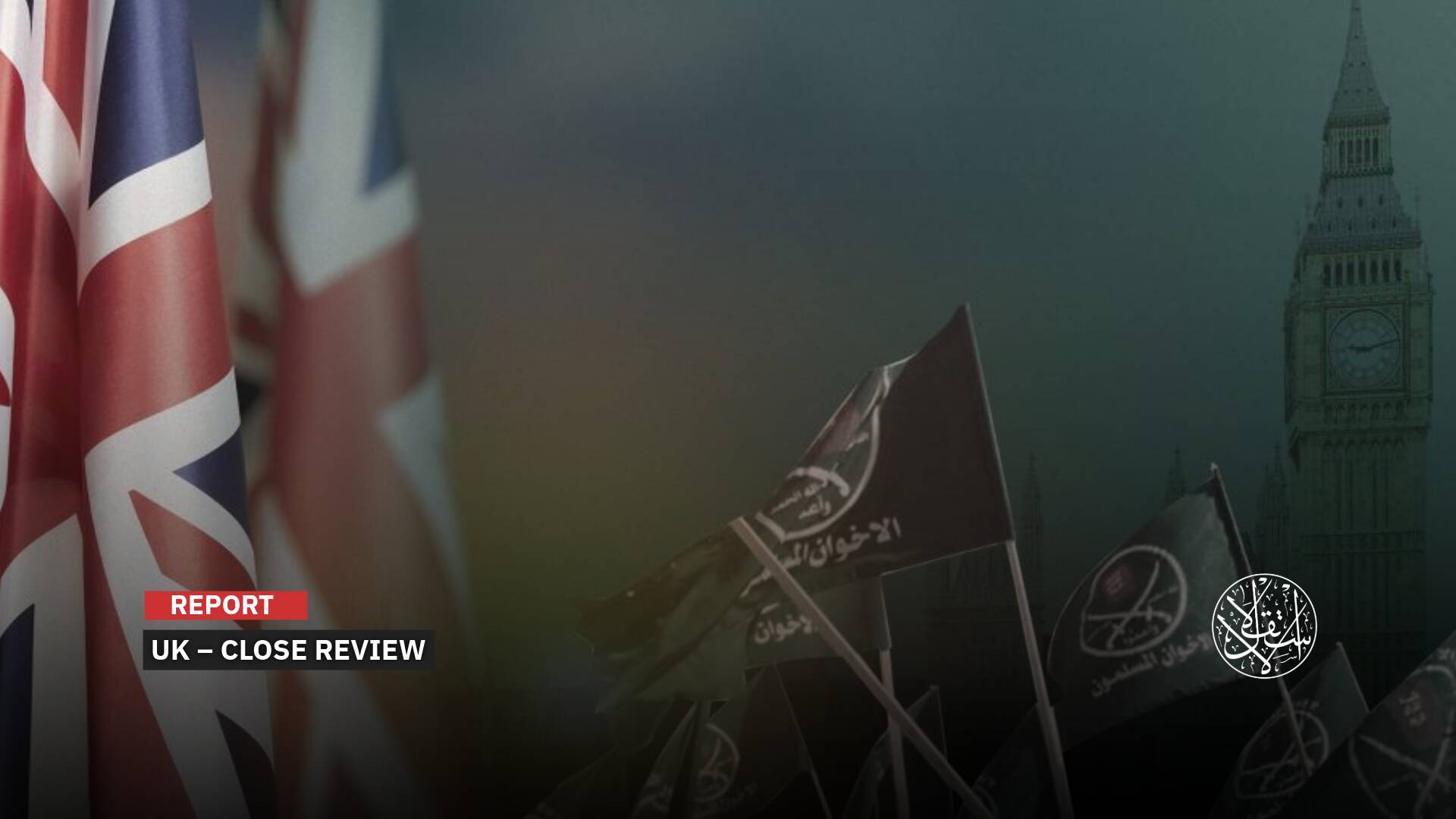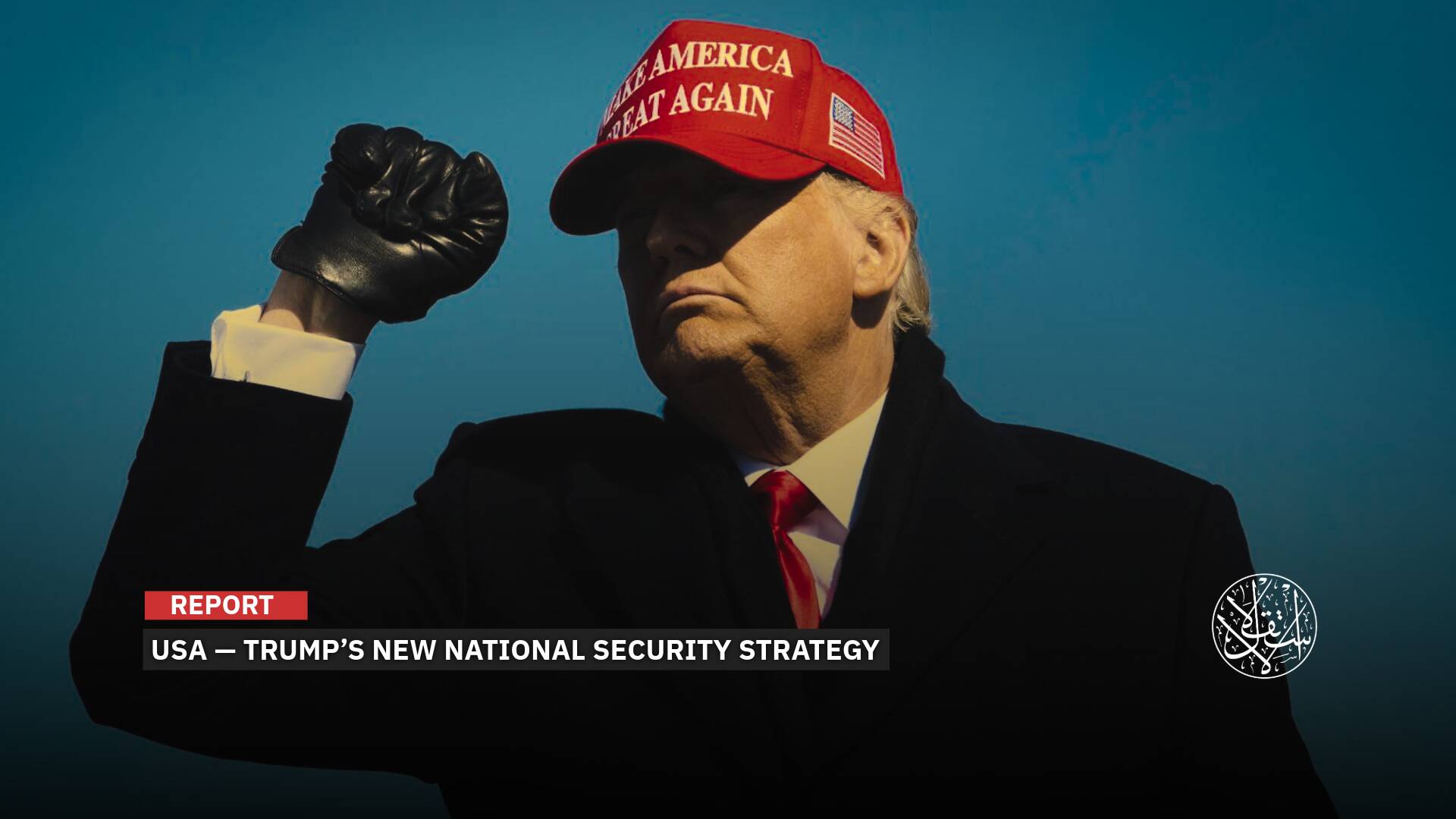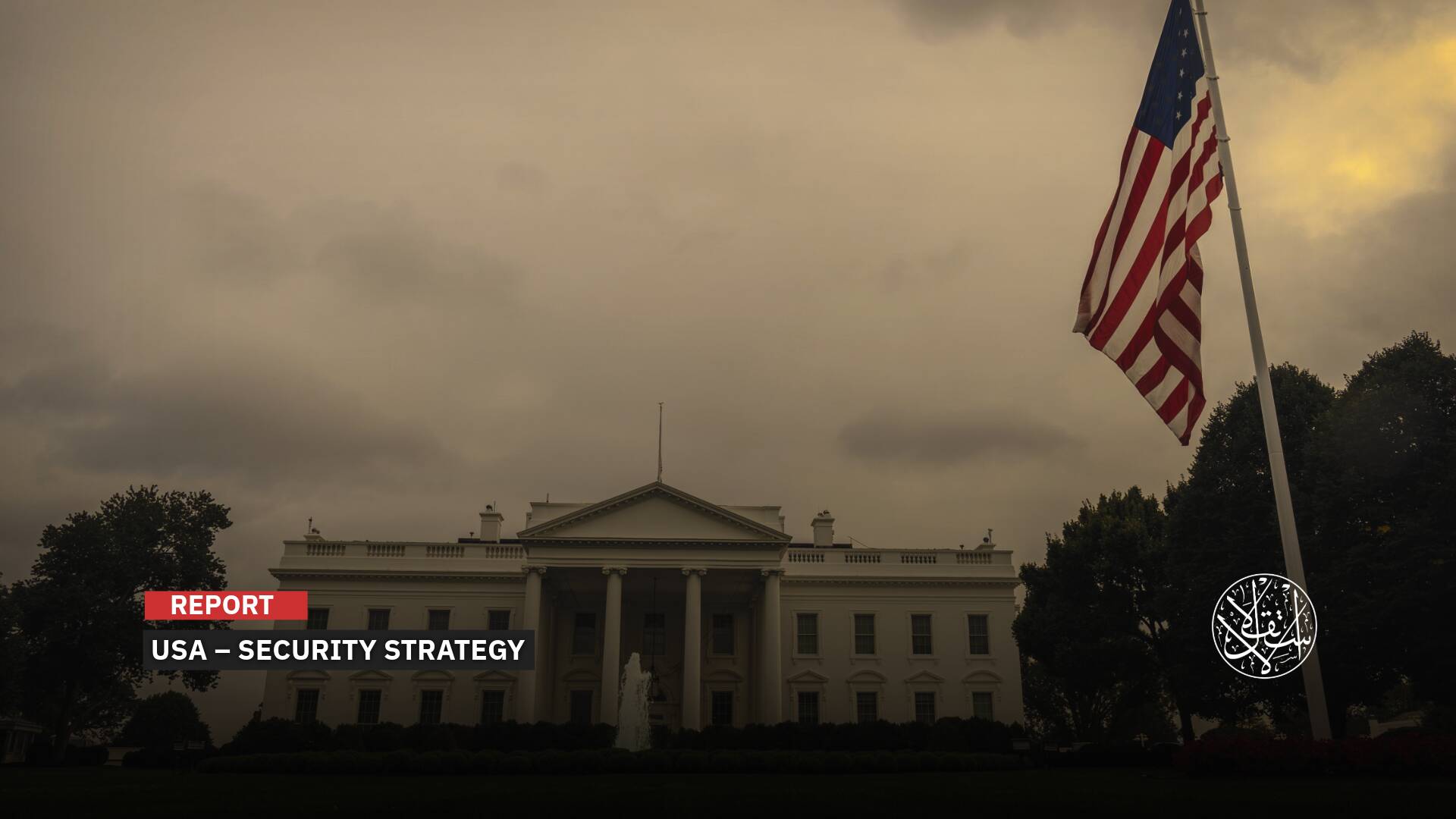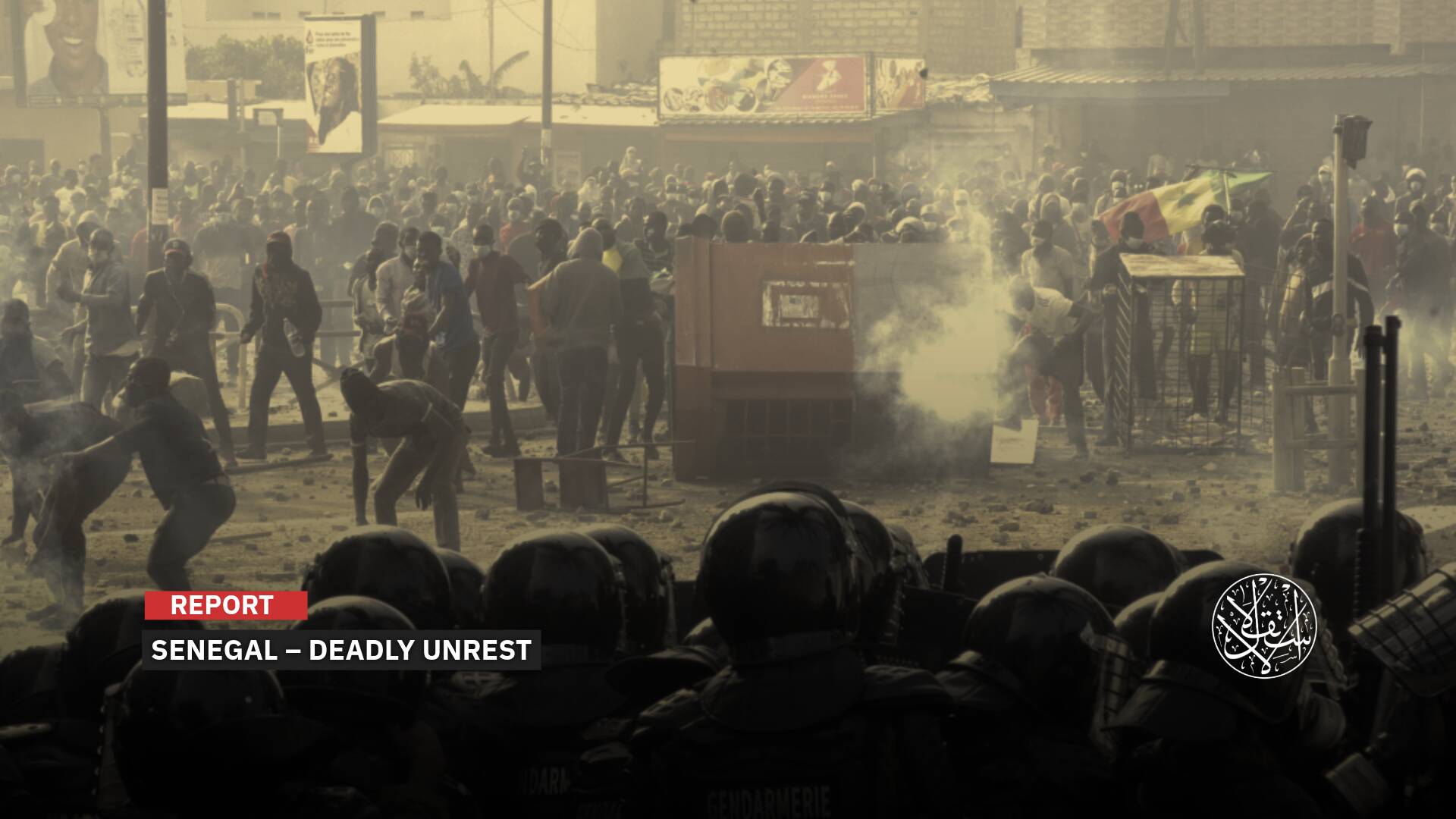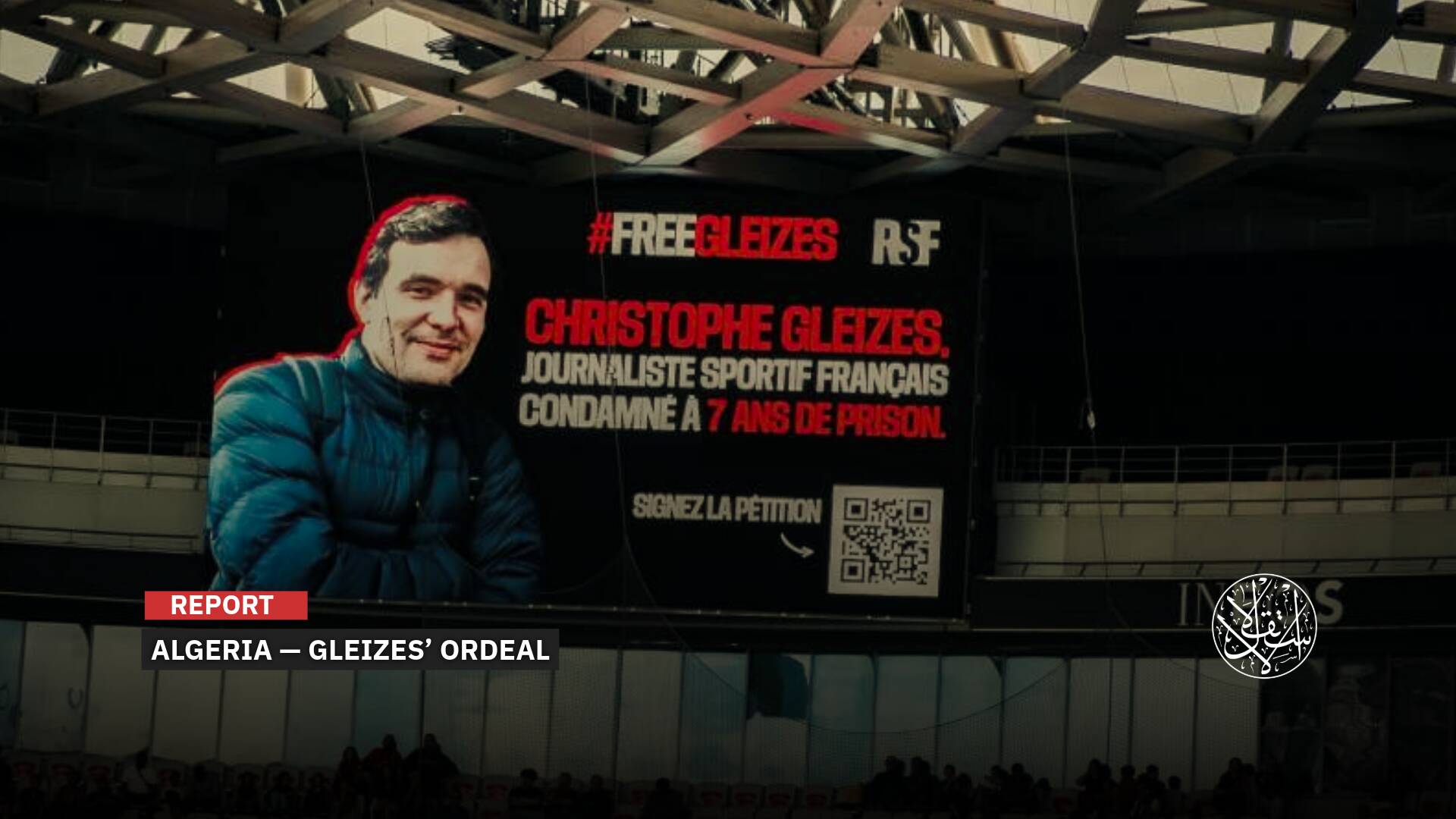UAE-Backed: What’s Happening in Yemen’s Lahij Province Between the Separatist Council’s Factions?
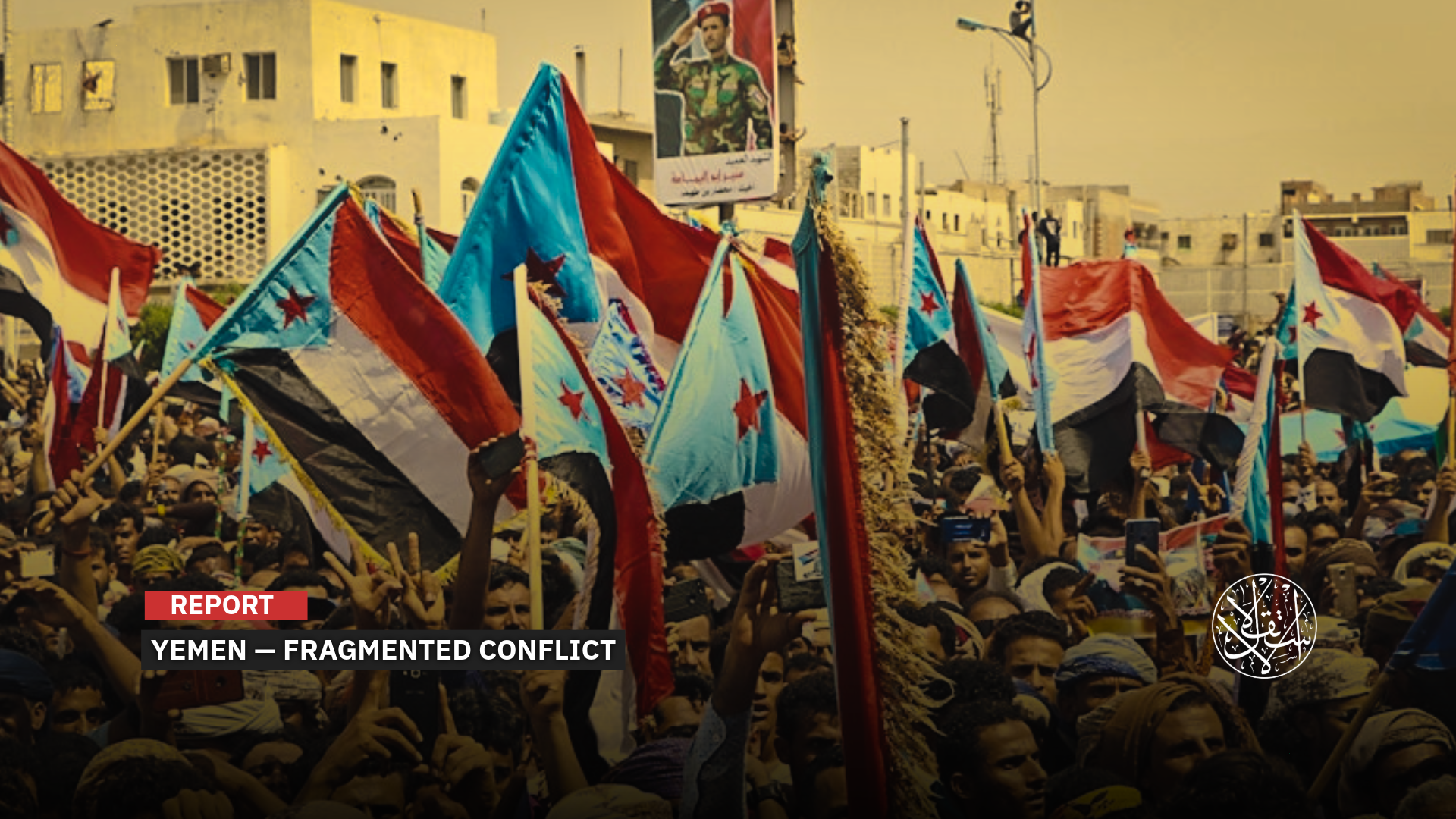
So far, Yemen remains a battleground for influence that no single regional power can dominate.
Armed clashes in Yemen’s Lahij province, involving two military factions loyal to the UAE-backed Southern Transitional Council, have raised questions over the underlying causes of the council’s internal strife, and why government forces remain absent from the fighting west of the temporary capital, Aden.
Back in 2017, with Emirati support, the so-called Southern Transitional Council was established under the leadership of Aidarus al-Zubaidi.
The council seeks to secede the south and declare it an independent state, overturning the voluntary unity that had brought together North and South Yemen in 1990.
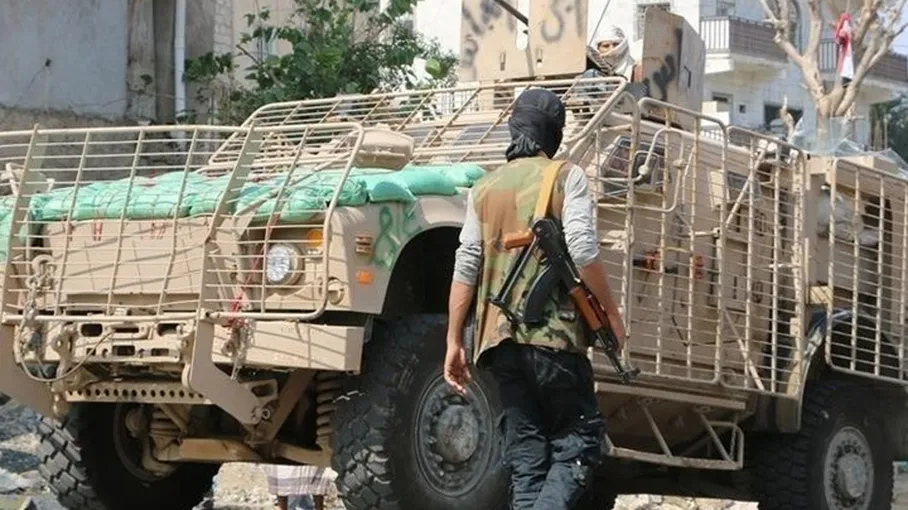
Internal Conflicts
According to local Yemeni sources, clashes that erupted on August 8, 2025, in the Ras Omran area of Lahij province broke out between the dismissed commander of the Ninth Thunderbolt Brigade, Farouq al-Ka’louli, and forces tasked with carrying out his dismissal by Aidarus al-Zubaidi.
It was reported on Akhbarak on August 8 that “the decision to remove al-Ka’louli was not a spur-of-the-moment move, but came after a period of disagreements stemming from his public opposition to the policies of the Southern Transitional Council, and his repeated calls for the release of Sheikh Essam Hazaa al-Subaihi, who has been held for months by council-affiliated forces in Aden.”
Sheikh Essam Hazaa al-Subaihi, a tribal leader, was arrested on May 7, 2024, at a security checkpoint in Lahij before being transferred to a prison in the temporary capital, Aden.
He was charged with collaborating with the Houthis movement, accusations that were never substantiated; prosecutors subsequently ordered his release.
According to the Yemeni platform, “the clashes, which involved artillery and tanks, lasted for hours and ended with the attacking forces taking control of the Ninth Thunderbolt Brigade camp, while al-Ka’louli withdrew from the site.”
The report noted that “the incident once again highlights the internal conflicts within areas controlled by the Southern Transitional Council, and the deep divisions among its leadership over military and administrative decisions.”
The platform also questioned why al-Zubaidi has not taken similar action against Jalal al-Rubaie, Muslih al-Dhrahani, and other leaders in Aden, despite their prisons being filled with detainees and their involvement in serious military violations, while he was eager to remove a commander from among the Subaiha tribe.
A coalition of forces, including the al-Amaliqa (Giants Brigade), Security Belt, al-Asifah (The Storm), and the Military Police, all affiliated with the Southern Transitional Council, successfully seized control of the Ninth Thunderbolt Brigade camp after its commander, Farouq al-Ka’louli, refused to accept his dismissal and hand over the base to his successor, Bakil Idris al-Ka’louli.
These forces also took control of the brigade’s checkpoints in the Ras Omran area, which, according to the Yemeni site al-Masdar Online on August 8, had long been a source of extortion against civilians, illegal levies, and the detention of government figures, social leaders, and civil activists.
The Southern Transitional Council’s military campaign along the coastal road linking Taiz, Lahij, and Aden was launched under the directives of Presidential Leadership Council member Abu Zara’a al-Mahrami, commander of the al-Amaliqa (Giants) brigades.
The operation was aimed at “securing the coastal road, dismantling illegal checkpoints, and combating smuggling.”
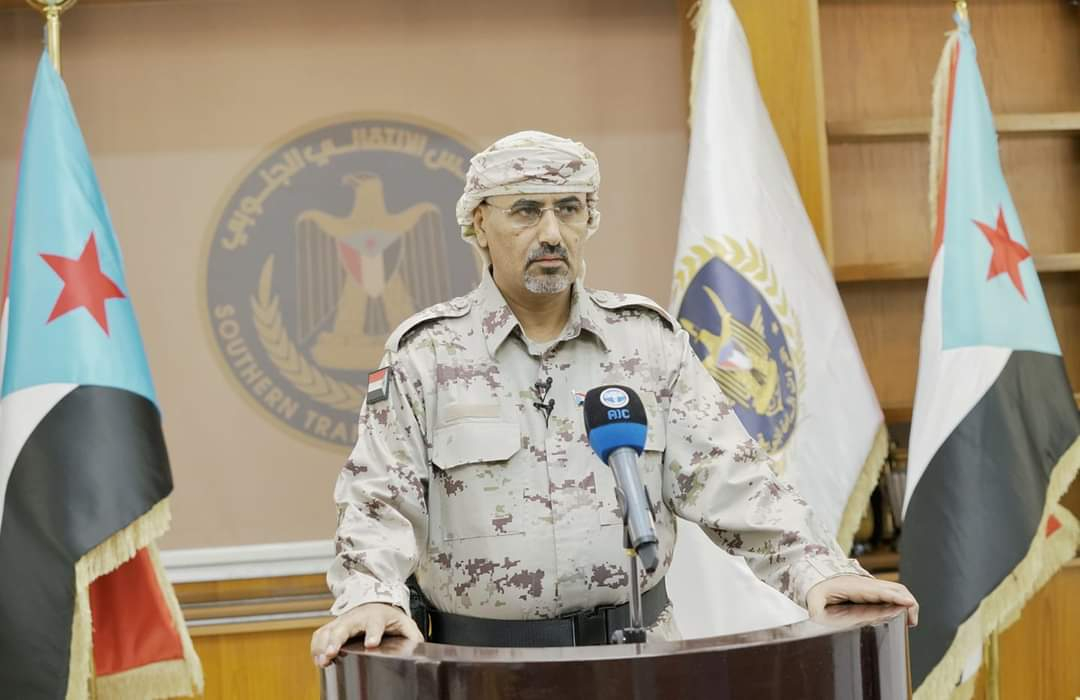
Power Struggles
On the nature of the clashes and their underlying causes, Yemeni writer and political analyst Abdulbaqi Shamsan said, “Yemen is experiencing multiple, complex conflicts, political and ideological, as well as those defined by geographic identity, meaning south versus south, north versus north, in addition to the struggle between republicans and imami factions.”
Shamsan told Al-Estiklal that “these complex conflicts across Yemen’s geography see various groups aligning with regional powers, some with Iran, others with Oman, the UAE, Saudi Arabia, or Qatar, resulting in a patchwork of loyalties.”
“There is also conflict between regions, because military and militia entities are not unified at the leadership level; they exist as separate groups, even those affiliated with the UAE, such as the Southern Transitional Council.”
“These regional powers do not create a unified entity out of the military groups they support; rather, they maintain them as separate entities in terms of financial management and command, each linked individually to intermediaries who connect them to the regional states.”
According to Shamsan, “The UAE-aligned groups are not necessarily in harmony with one another; if they were, they could make a real difference. Instead, they are deliberately kept fragmented, making them easier to control through funding and preventing autonomous management. They lack a popular base and have no national project.”
The Yemeni expert emphasized that “the conflicts between these groups are the result of deliberate engineering. In other words, the military, militia, and political realities have been shaped so that these clashes produce friction rather than cohesion, often manifesting as tribal struggles over influence and interests.”
“Now, with the international shift targeting the Houthis in terms of funding and arms, the UAE seeks to protect its proxies by positioning them as a safety valve in the confrontation with Iran, and by safeguarding international peace and security through the control and seizure of weapons and equipment shipments bound for the Houthis.”
“Yemen remains unable to function as a unified state, and no regional power is capable of shaping its future. Dialogue and a comprehensive reimagining of the political landscape are therefore essential,” he added.
“To this day, the reality in Yemen shows a struggle for influence that no regional power can control on its own, as they benefit from Yemen remaining fragmented, and from the erosion of authority and the state itself.”
“We cannot anticipate Yemen’s future based on the decisions of Arab states, but rather by the interests imposed by the United States and Israeli national security, these are what ultimately determine whether Yemen remains united or divided.”
“Arab states have failed to leverage Yemen’s strategic location to safeguard their presence and security, instead leaving its fate in the hands of internationally dominant powers. The Gulf could have used Yemen to strengthen its national security and protect its strategic depth, particularly Saudi Arabia, which still has the capacity to effect change,” Shamsan concluded.
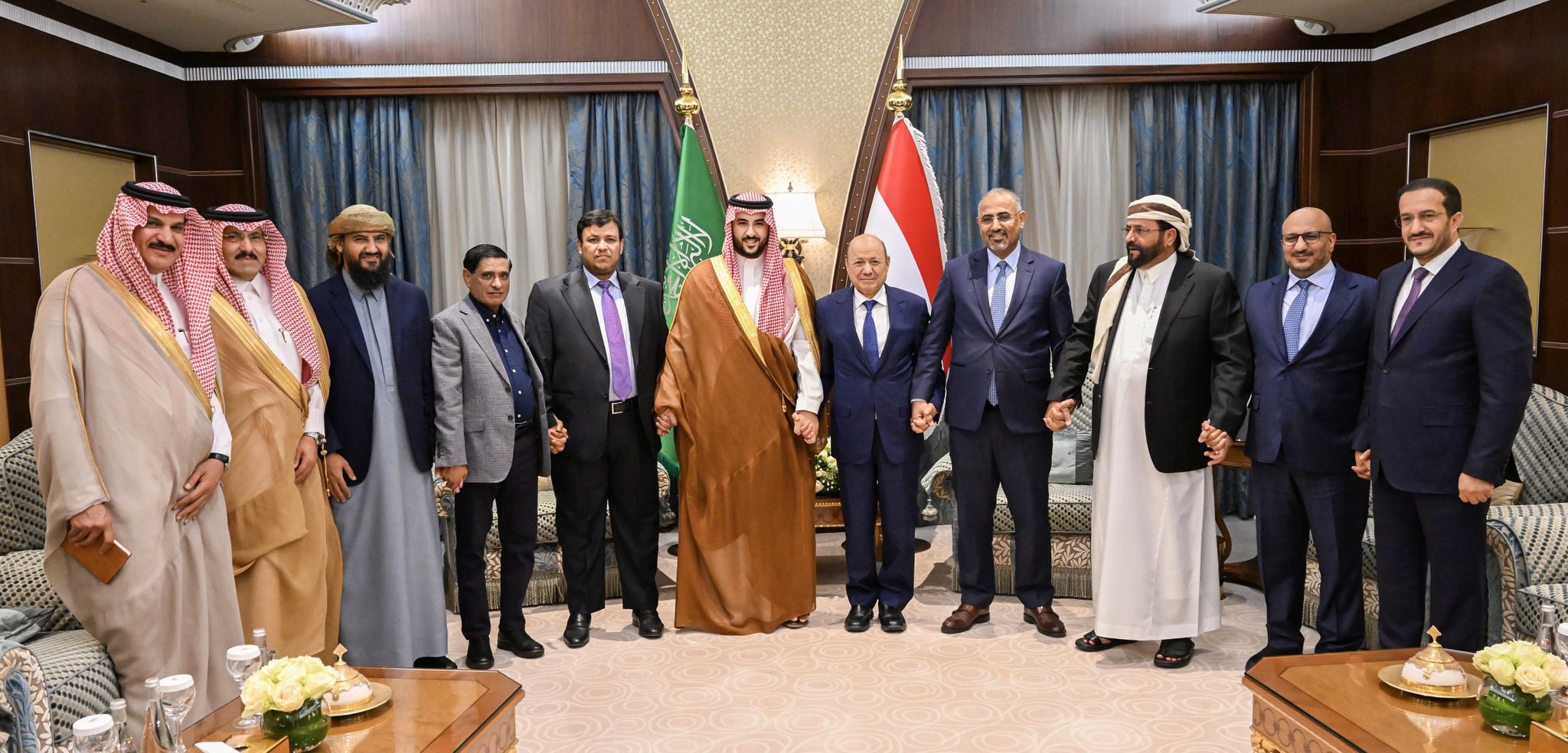
Imminent Explosion
The clashes in Ras Omran sparked a wave of reaction among Yemeni activists on social media. Some argued that they revealed the depth of tension and the potential for an imminent explosion caused by exclusionary policies and extortion, while others saw them as an attempt to demonize anyone who opposes the Southern Transitional Council.
On August 8, Hazaa al-Subaihi addressed the council’s head on X, saying, “Aidarus al-Zubaidi, the Subaiha are not merely a brigade or a base, but tribes with pride and dignity that cannot be sold or humiliated. Your decision is a deliberate provocation, and it will be met with stronger resilience and categorical refusal.”
“You will not succeed in advancing your regional projects at the expense of the freedom and dignity of the people of the South,” he added.
Activist Shyth al-Azibi wrote on X on August 8 that “Commander Farouq al-Ka’louli, before and after breaking with them and splitting from the Southern Transitional Council yesterday, was the southern commander, a hero, and a brave fighter.”
He noted that “today they accuse him of the vilest, fabricated charges, labeling him a Houthi, a traitor, and a collaborator. These false accusations are ready to be hurled at anyone who disagrees with them or challenges their views.”
According to Yemeni activist Ramal al-Mas’abi, writing on X on August 8, “the violent clashes between Farouq al-Ka’louli’s forces and the Al-Amaliqa (Giants) brigade were driven by a struggle over extortion points in the Harz area and the Ras Omran triangle.”
Al-Mas’abi argued that “what happened today is part of an organized campaign led by the Dhal‘a and Yafa factions against the Subaiha, attempting to impose dominance and exclusion through force under the guise of authority.”
“These clashes reveal the depth of tension and the potential for an imminent explosion, resulting from policies of exclusion and extortion pursued by certain parties under the banner of anti-corruption, while in reality reproducing corruption in an even more dangerous, regionally fragmented form,” al-Mas’abi added.
Activist Fwaz al-Mashouli criticized the moves on X, writing, “When we see a security campaign targeting one of the Dhal‘a leaders, we might say they are genuinely against corruption. But to have Hamdi Shukri, Farouq al-Ka’louli’s replacement, act against his own Subaiha brethren, and to brand anyone who disagrees with them as a traitor, is a serious mistake.”
A fierce struggle is unfolding in Lahij province, which is shared between the Yemeni government and the Southern Transitional Council, alongside the presence of al-Amaliqa (Giants) brigade units deployed along the coastal strip stretching from the city of Aden to the al Madaribah district near the Bab al-Mandab, a key international shipping corridor.
Sources
- Family of Sheikh Issam al-Subaihi calls for the prosecution’s order to be enforced and his immediate release [Arabic]
- Armed confrontations with various weapons between Transitional Council factions west of Aden [Arabic]
- Details emerge of clashes that broke out in Ras Omran, Aden [Arabic]
- Heavy fighting erupts between mercenary factions in Aden [Arabic]
- Armed clashes in Ras Omran between Transitional Council forces and militias loyal to al-Ka’louli [Arabic]


